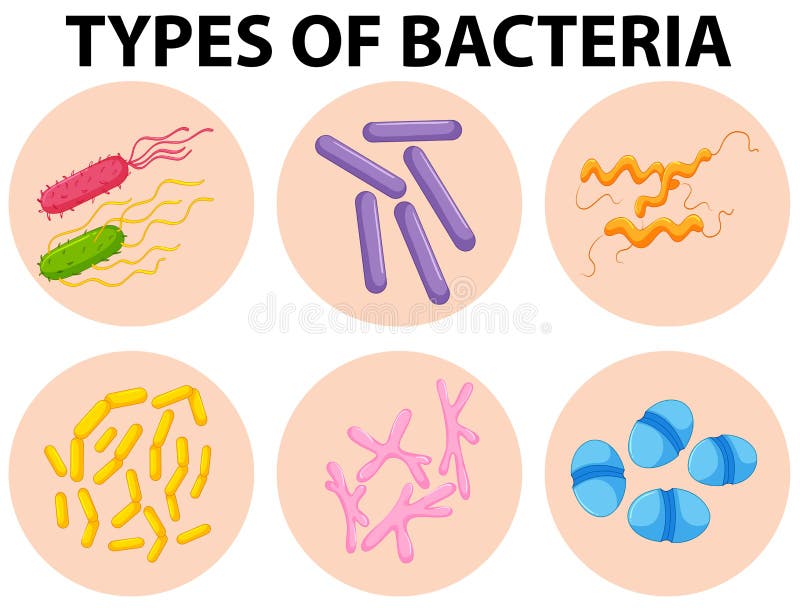



Archaeans have a typical prokaryotic cell anatomy: plasmid DNA, cell wall, cell membrane, cytoplasm, and ribosomes. Overview table What they are Characteristics Gram-positive types Gram-negative types Treatment Antibiotic resistance Summary Gram-positive bacteria show blue or purple after gram-staining in. Individual bacteria can assume one of three basic shapes: spherical ( coccus ), rodlike ( bacillus ), or curved ( vibrio, spirillum, or spirochete ). Like bacteria, they come in a variety of shapes including cocci (round), bacilli (rod-shaped), and irregular shapes. Filamentous Bacteria They are very long thin filament-shaped bacteria. Some archaeans can also have flagella.Īrchaeans are extremely small microbes that must be viewed under an electron microscope to identify their characteristics. Others Shapes and Arrangements of Bacteria 1. Examples include the streptococcus group, responsible for strep throat. Archaeans possess the typical prokaryotic cell anatomy that includes plasmid DNA, a cell wall, a cell membrane, a cytoplasmic area, and ribosomes. Spherical: Bacteria shaped like a ball are called cocci, and a single bacterium is a coccus.There are bacteria that are bad, that we. They can be spheres, they can be rods, or they can be spirals. Cell division of these bacteria results in a type of arrangement that resembles a picket fence. Cocci (round), bacilli (rod-shaped), and irregular are some examples. Bacteria are microorganisms that come in various shapes. Palisades are another type of bacilli bacteria. Similar to bacteria, Archaeans have a number of different shapes.They can survive and even thrive under some of the most difficult conditions on planet Earth like very hot, extremely acidic, or very alkaline environments. Originally thought to be bacteria, Archaea are a separate group of microscopic organisms discovered in the 1970s. Based on the shape of the bacterial cell, bacteria can be mainly classified into four major categories, namely: Spherical bacteria or Coccus Rod-shaped bacteria or Bacillus Spiral bacteria Filamentous bacteria.The first way, which is particularly relevant in medicine, is related to the outer covering of the cell. Introduction The purpose of this lecture is to introduce you to terminology used in microbiology. Some types also have a third outer layer called a capsule.īacteria can be separated into categories based on various different features. Each cell is generally contained within a cell membrane, which itself is contained within a protective cell wall. This means that their genetic material is ‘loose’ within each cell. Although, the colonies they form are visible.īacteria are prokaryotic, which means that they exist as single cells, although they form groups known as colonies. Most individual bacterial cells – an individual ‘bacterium’ – are too small to be seen with the human eye. Various sources suggest there may be as many as one trillion species – although the vast majority of these have not yet been discovered. They are one of the first life forms to exist on Earth and have been around for approximately three billion years. Microorganisms are beneficial in producing oxygen, decomposing organic material, providing. Each type has a characteristic cellular composition, morphology, mean of locomotion, and reproduction. Public Engagement and Patient Support (PEPS) Committeeīacteria are very small (usually single-cell) organisms. Microorganisms are divided into seven types: bacteria, archaea, protozoa, algae, fungi, viruses, and multicellular animal parasites ( helminths ).Antibiotic resistance in the environment.They can thrive in extreme conditions like hot springs, snow, deep ocean, where it is difficult for other organisms to live.

Bacteria are found everywhere, they are the most abundant living organisms. Antibiotic resistant bacteria in healthcare Frequently Asked Questions Bacteria is a prokaryotic, unicellular organism.


 0 kommentar(er)
0 kommentar(er)
